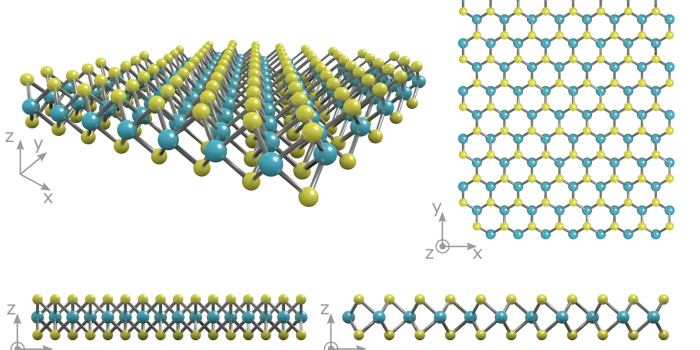A new material has been found that can both conduct and insulate in different directions.
It was discovered by a team of researchers at the University of Chicago that they could make materials that are especially well-suited to the job. Instead of being either insulators or conductors, these new materials can be both at the same time. They can keep heat from passing through in one direction but allowing it to freely move in another.

“One of the biggest challenges in electronics is to take care of heat at that scale because some components of electronics are very unstable at high temperatures,” says Shi En Kim, first author of the study. “But if we can use a material that can both conduct heat and insulate heat at the same time in different directions, we can siphon heat away from the heat source – such as the battery – while avoiding the more fragile parts of the device.”
The key component of the material is the thin film of molybdenum disulfide. Usually, it’s a great conductor of heat, but it was revealed that by stacking sheets of the material and then rotating each one slightly, the heat was completely unable to pass between layers vertically. However, it could still move in the horizontal direction in the sheets.

Practically, it can be used for making thermal sheets that can both conduct and block heat. This will prevent parts like batteries from heating up sensitive nearby electronics, but also keep them from damaging themselves with their own trapped heat.
The mechanism can also help in making more effective thermoelectric generators. These are the devices that produce an electric current through a temperature differential between a hot side and a cold side.
It is important to highlight that the researchers think that this could be possible with any other material as well if their arrangement can be altered as they did for this material.
The research was published in the journal Nature.


